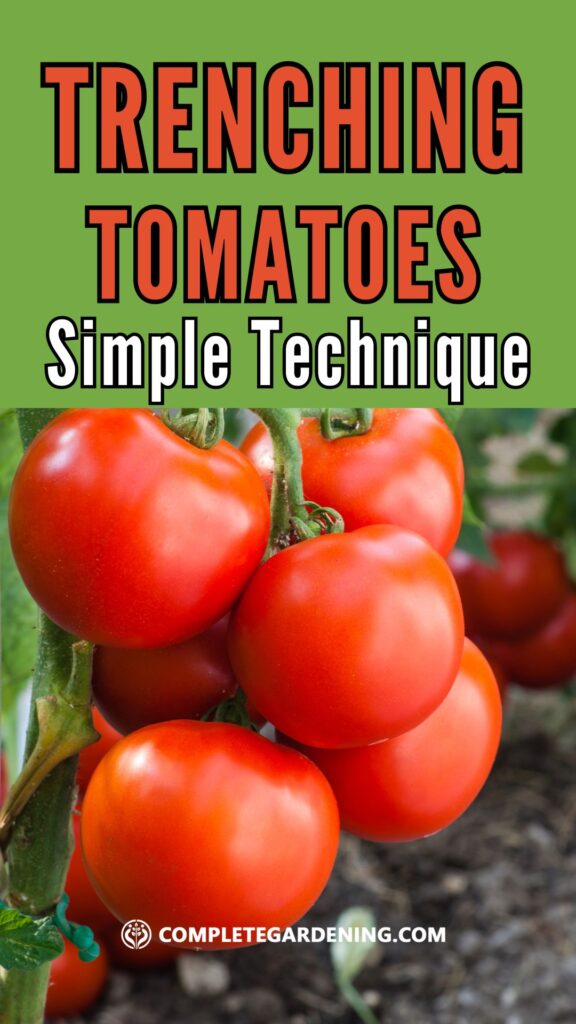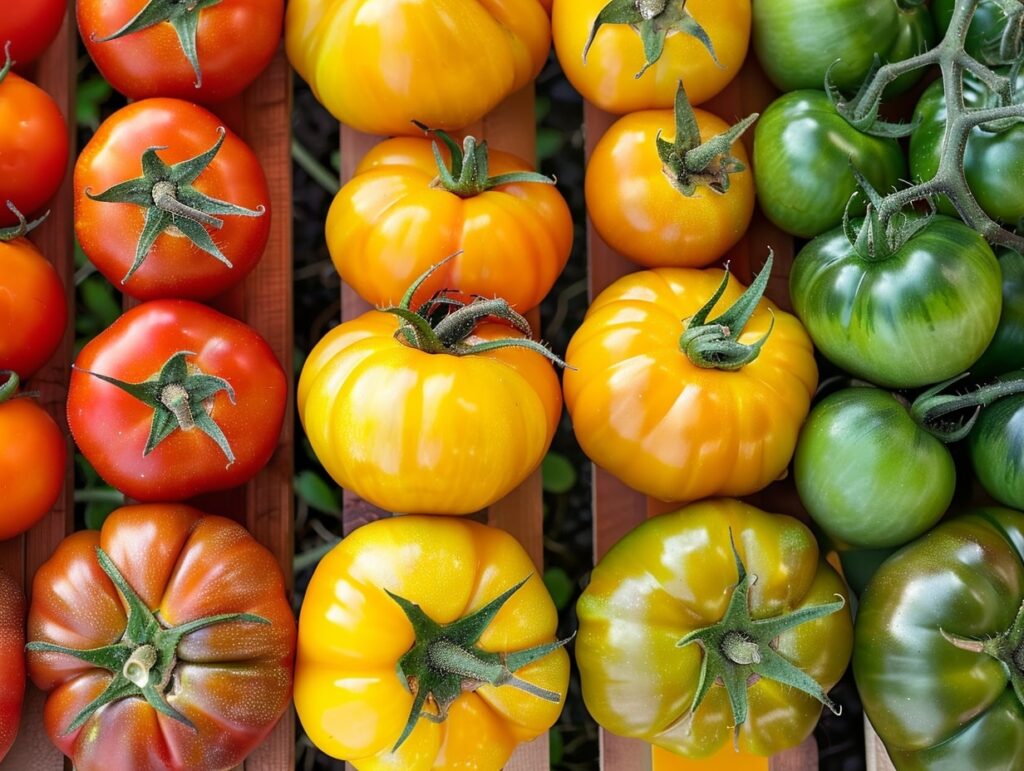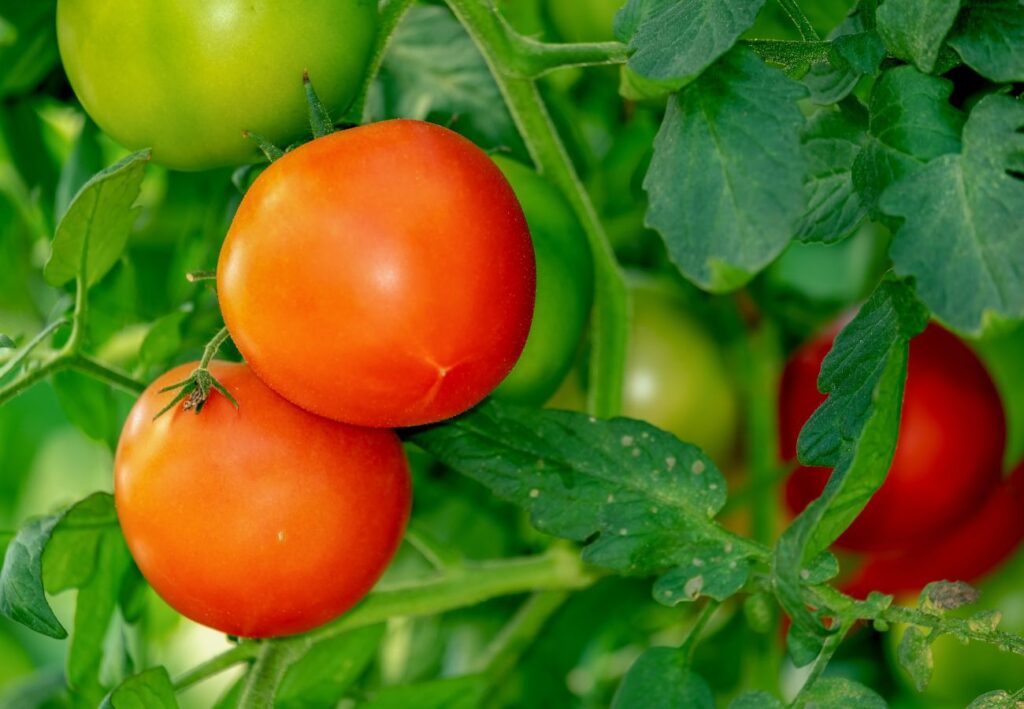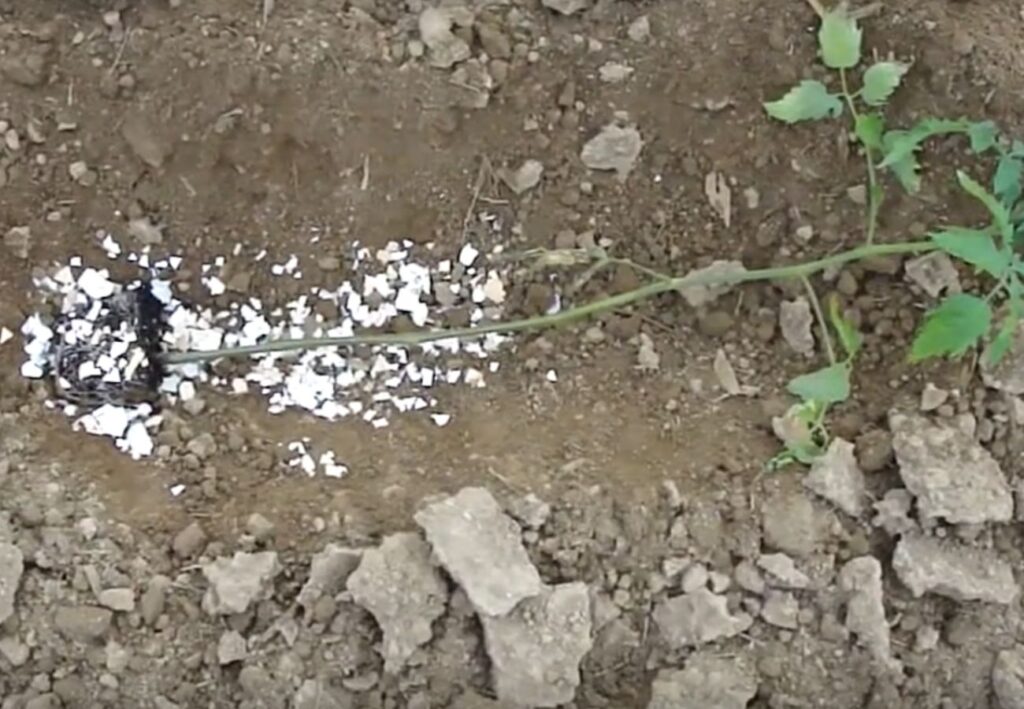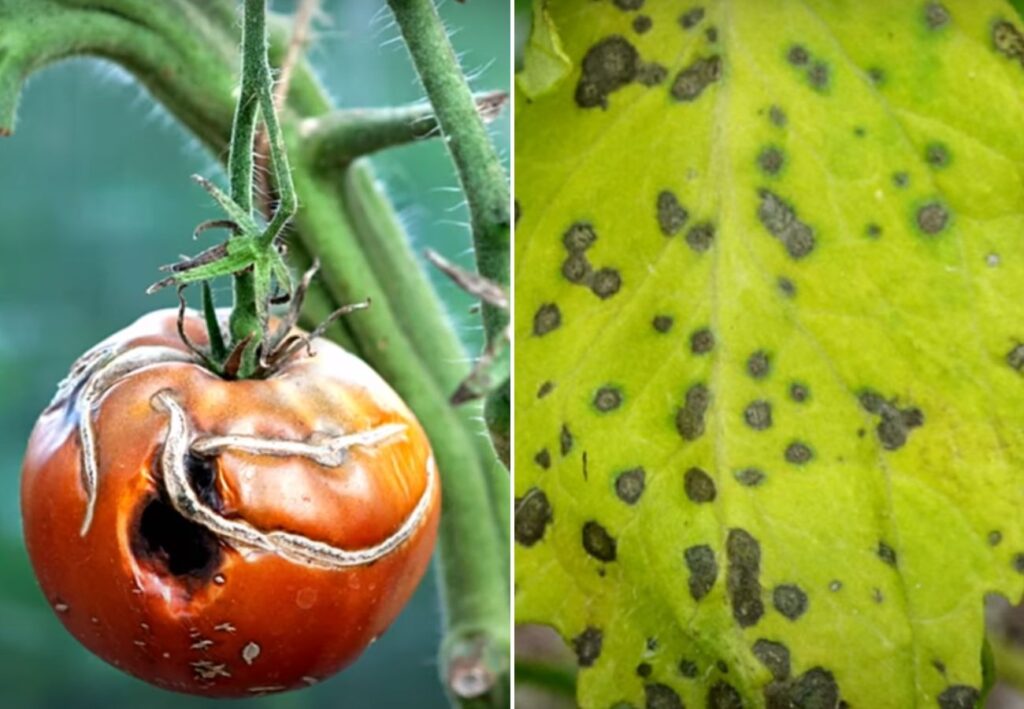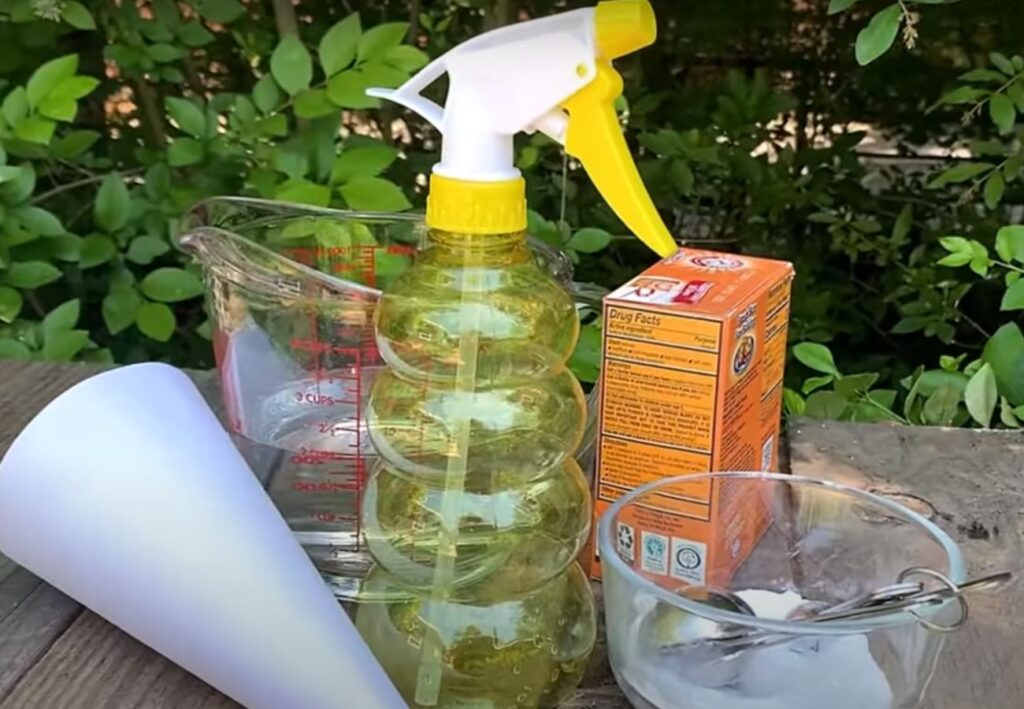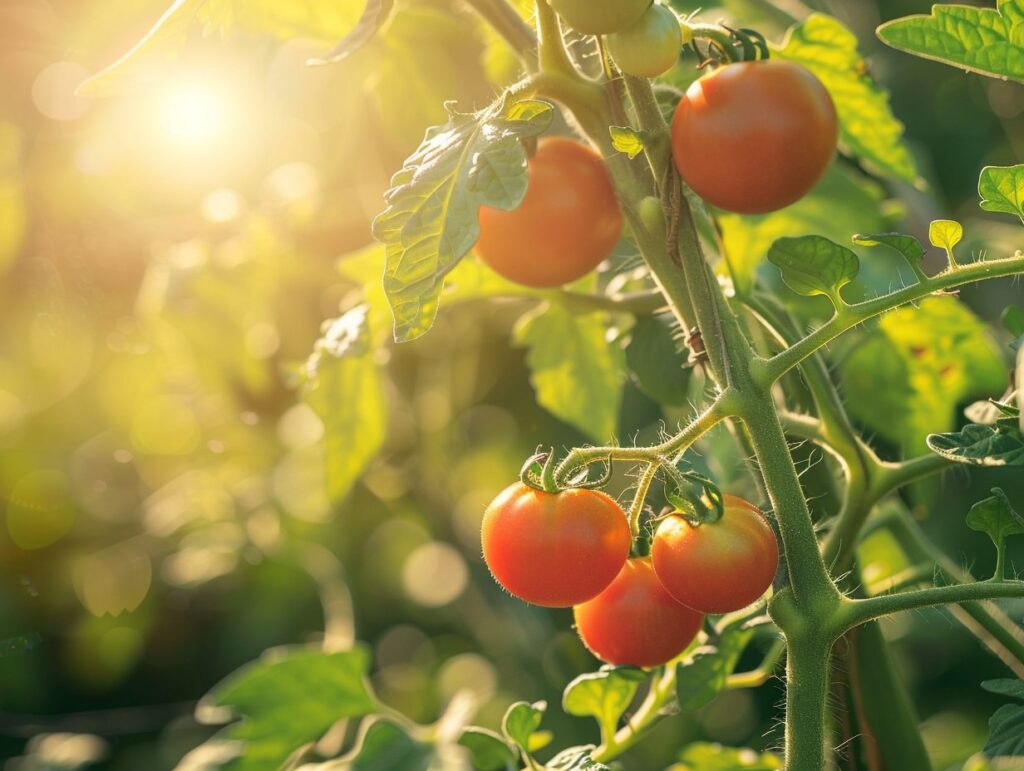Struggling with disappointing tomato yields despite your best efforts? The solution might be simpler than you think. Trenching, the technique of planting your tomato seedlings sideways, promises to boost your harvests significantly.
By burying more of the stem, you allow your plants to develop a stronger root system, enabling them to absorb more nutrients and water. This results in healthier, more robust plants and a bountiful yield.
Especially effective for leggy seedlings, trenching ensures your tomatoes make the most of the available sunlight and soil. Imagine the satisfaction of picking dozens of juicy tomatoes from vigorous, healthy plants all summer long.
You don’t need special tools or extensive gardening experience to achieve this. A small extra effort at planting time could lead to impressive results, transforming your tomato patch into the neighborhood’s pride.
If you’re ready to overcome lackluster harvests and enjoy an abundance of delicious tomatoes, read on to learn how trenching can make a difference.
Understanding the Trenching Method
The trenching method involves planting tomato seedlings sideways in a trench rather than vertically. This technique can help promote stronger root systems and potentially larger yields.
Basics of Trench Planting
Trench planting for tomatoes involves digging a shallow trench approximately 6-8 inches deep. The seedling is then laid sideways in the trench, with only the top leaves exposed. Cover the stem with soil.
This burying of the stem allows it to develop roots along its length. Tip: Make sure to position the plant towards the light to encourage upward growth. If the plant has long, leggy stems, this method can also help make them sturdier.
Benefits of Sideways Planting
This method promotes a more extensive root system, leading to stronger plants. The additional roots absorb more water and nutrients, enhancing growth. Additionally, trenching can be helpful in cooler climates because the shallow roots warm up faster.
Sturdy plants are more resistant to wind and heavy rain. Expect a more robust plant structure and potentially increased yields. The deeper rooting system ensures better support and nutrient absorption, which are key factors for healthy tomato production.
Preparation for Trenching Tomatoes
Planting your tomatoes sideways requires choosing the right varieties and ensuring optimal soil and site conditions.
Selecting the Right Varieties
Choosing the right tomato varieties is crucial. For trenching, indeterminate varieties are preferred because they continue growing and producing fruit all season.
Some popular choices include Better Boy, Celebrity, and Brandywine. These varieties have strong root systems, which benefit from the trenching method.
Look for disease-resistant types to avoid common tomato ailments. Early and mid-season varieties are often best, as they have sufficient growing time to benefit from this method.
Make sure seeds or starter plants are from a reputable source, ensuring healthy, vigorous growth.
Soil and Site Requirements
Tomatoes thrive in well-draining, nutrient-rich soil. Test the soil’s pH, aiming for a level between 6.0 and 6.8 for optimal growth. You can amend the soil with compost or aged manure to boost fertility.
Choose a sunny location for planting, as tomatoes need at least 6-8 hours of direct sunlight daily. Prepare the site by loosening the soil and removing weeds, rocks, and debris.
Consider using raised beds if your garden has poor drainage, ensuring better root development and easier maintenance.
Spacing is also vital: leave about 2-3 feet between plants to allow air circulation, reducing the risk of disease. Mulching around the trench helps conserve moisture and control weeds.
Step-by-Step Guide to Trenching
Trenching tomatoes is a gardening technique that can lead to healthier plants and increased yields. This guide will help you through the process by explaining how to dig the trench, position the plants, and backfill the trench.
Digging the Trench
Prepare your garden bed by selecting a sunny spot with well-drained soil. Start by digging a trench that is about 6 inches deep and slightly longer than the height of the tomato plants. Ensure the trench runs east to west to maximize sunlight exposure throughout the day.
Use a garden spade or hoe to dig the trench. Remove any weeds or rocks that might obstruct the planting process. Make sure the trench is level and wide enough to accommodate the root system and stem of each plant.
Keeping the trench straight and even will facilitate easier planting and better plant growth.
Positioning the Plants
Lay the tomato plants sideways in the trench, allowing the roots and lower stem to rest in the bottom of the trench.
Ensure that the top few inches of the plant, including the leaves and stem, are exposed above ground. This method encourages the development of a more extensive root system.
Space the plants about 2 feet apart to provide ample room for growth. Before placing the plants, remove the lower leaves to prevent rot and disease. Position the plants so that they face toward the sun, promoting upward growth and optimal photosynthesis.
Backfilling the Trench
After positioning the plants, carefully backfill the trench with the soil you removed. Cover the roots and stem up to the leaves, then gently press the soil down to remove air pockets and provide stability. This helps anchor the plants and supports robust root development.
Water the plants thoroughly to help them settle into their new position. Adding mulch around the base of the plants can help retain moisture and regulate soil temperature.
Keep an eye on the moisture levels, especially during the first few weeks, to ensure the plants establish themselves successfully.
Aftercare for Trenched Tomato Plants
Proper aftercare is crucial to ensure the healthy growth and abundant harvests of your trenched tomato plants. Focus on careful watering and providing adequate support to keep your plants thriving.
Watering Techniques
Tomatoes need consistent moisture, especially when planted sideways.
Frequency:
- Daily: in the initial weeks after planting.
- Every other day: once established, depending on local climate.
Use mulch around the base to retain moisture and prevent weeds.
Tip: Water early in the morning to reduce evaporation.
Avoid wetting the foliage: Always direct water to the base of the plant to prevent disease.
Staking and Support
Tomatoes require strong support systems to handle their growth.
Types of Support:
- Stakes: Drive wooden or metal stakes next to each plant. Tie the stem loosely with soft ties.
- Cages: Ideal for heavy vines and larger varieties.
Always monitor the growth and adjust ties as needed to avoid stem damage.
Troubleshooting Common Issues
Trenching tomato plants may still present challenges, such as dealing with diseases, pests, and nutrient deficiencies. Identifying and addressing these issues help ensure a bountiful harvest.
Disease Management
Tomato plants are prone to various diseases, including blight, fusarium wilt, and powdery mildew. To prevent these diseases, you should rotate crops annually and avoid planting tomatoes in the same spot more than once every three years.
Another important practice is spacing your plants adequately. This facilitates air circulation, reducing the risk of fungal infections. You can also use organic fungicides such as neem oil and sulfur-based sprays.
Recognizing symptoms early is crucial. Yellowing leaves, brown spots, and white powdery substances are common indicators of disease. If you notice these, remove the affected leaves immediately. Ensure you sterilize gardening tools to prevent disease transmission.
Pest Control
Common pests affecting tomatoes include aphids, hornworms, and whiteflies. These pests can severely damage your plants, leading to reduced yields.
To combat aphids, use a strong jet of water to dislodge them or introduce beneficial insects like ladybugs. For hornworms, manually removing them from the plants is effective, though labor-intensive. Applying Bacillus thuringiensis (Bt) is another option.
Whiteflies can be managed using yellow sticky traps. Regularly inspect your plants and use insecticidal soap sprays if necessary. Ensuring healthy, well-maintained plants makes them less susceptible to pest infestations.
Nutrient Deficiencies
Proper nutrition is vital for healthy tomato plants. Common nutrient deficiencies include nitrogen, phosphorus, and potassium. Each deficiency presents specific symptoms.
Nitrogen deficiency results in yellowing older leaves. Address this by applying a balanced fertilizer or adding compost. Phosphorus deficiency causes purplish leaves, especially on younger growth. Bone meal or rock phosphate can correct this.
Potassium deficiency appears as yellowing leaf edges. Wood ash or sulfate of potash help replenish this nutrient. Regular soil testing and balanced fertilization are essential. Mulching with composted organic matter also enriches the soil.
By monitoring your plants regularly and making timely interventions, you can tackle these common issues effectively.
Implementing the trenching method for your tomato plants is a simple yet powerful technique that can significantly boost your harvests.
By planting your seedlings sideways and allowing them to develop stronger root systems, you ensure they can absorb more nutrients and water, leading to robust growth and plentiful fruit.
This method is particularly beneficial for leggy seedlings and can help your plants thrive, even in challenging conditions.
With just a bit of extra effort, you can enjoy an abundance of juicy tomatoes all season long, impressing your neighbors and elevating your gardening success. Give trenching a try, and watch your tomato yields soar!

